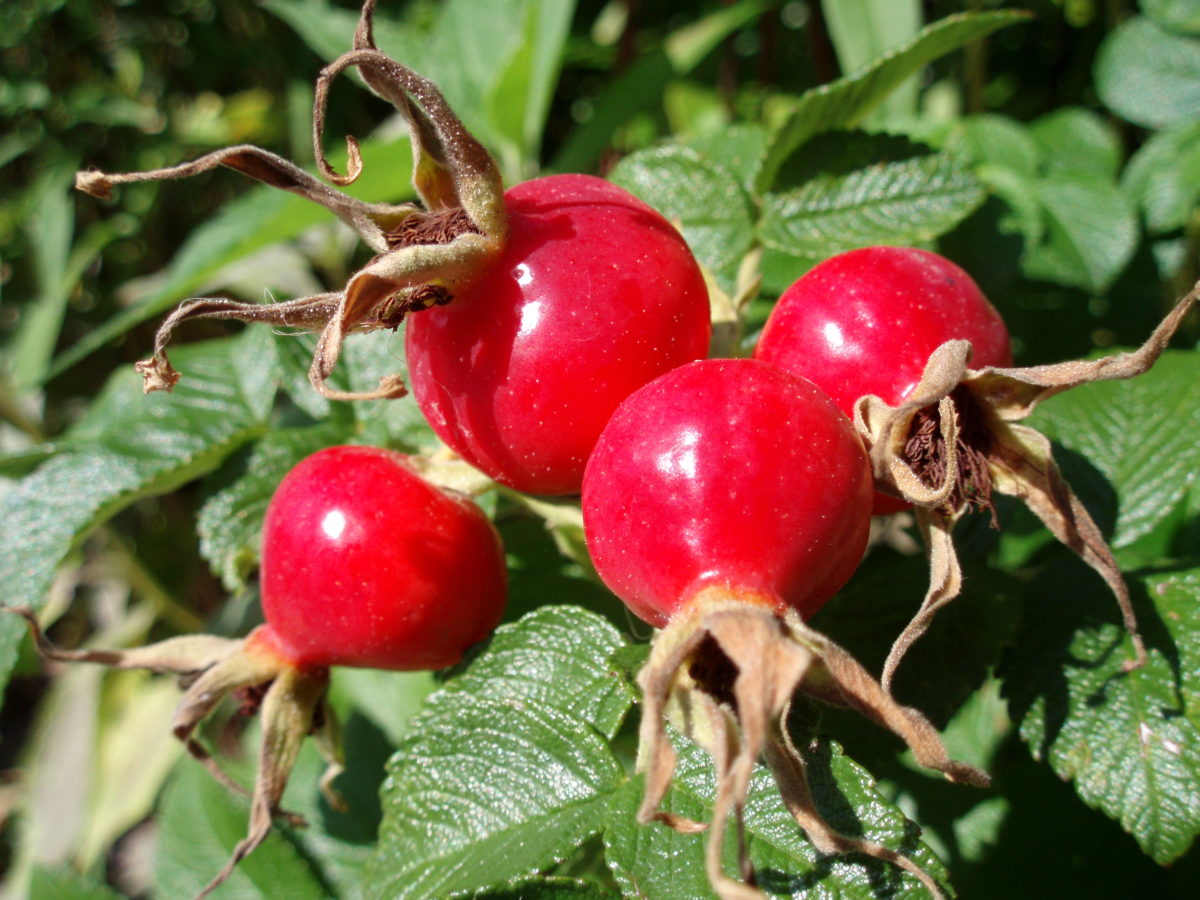Two hundred years ago, Native Americans walked on this very spot. Each year, just before winter, tribes from the Columbia and Willamette rivers gathered on Oak Island for a trading fair which included dancing and festivities. Lewis and Clark reported that when they passed Sauvie Island on November 5, 1805, all the natives that they saw had flattened heads, a custom among Chinookan speaking people of wealth and means.
Native Americans used deer parts to make weapons, tools, food and clothing. They used tall grasses to make baskets for carrying trade goods. Rose hips, the red berries that grow on wild roses, were a source of Vitamin C. The Himalayan Blackberries, an invasive species, were not brought here until the mid- 1800’s by the Hudson Bay Company.
At the time of the Lewis and Clark expedition in 1805, about 2,000 Native Americans lived on Sauvie Island. By the 1850’s most had died from disease. Treaties were signed in the 1850’s including the Willamette Valley Treaty of 1855. The remaining Chinookan speaking people from this area of the river confederated with other peoples and were removed to the Grand Ronde Indian Reservation, about 50 miles southwest at the base of the Coast Range.
Sources:
- Shawash Kakwe Presentation by David Harrelson, Tribal Historic Preservation Officer of the Confederated Tribes of Grand Rhond
- Oak Island Nature Trail Guide: George Middle School and ODFW
